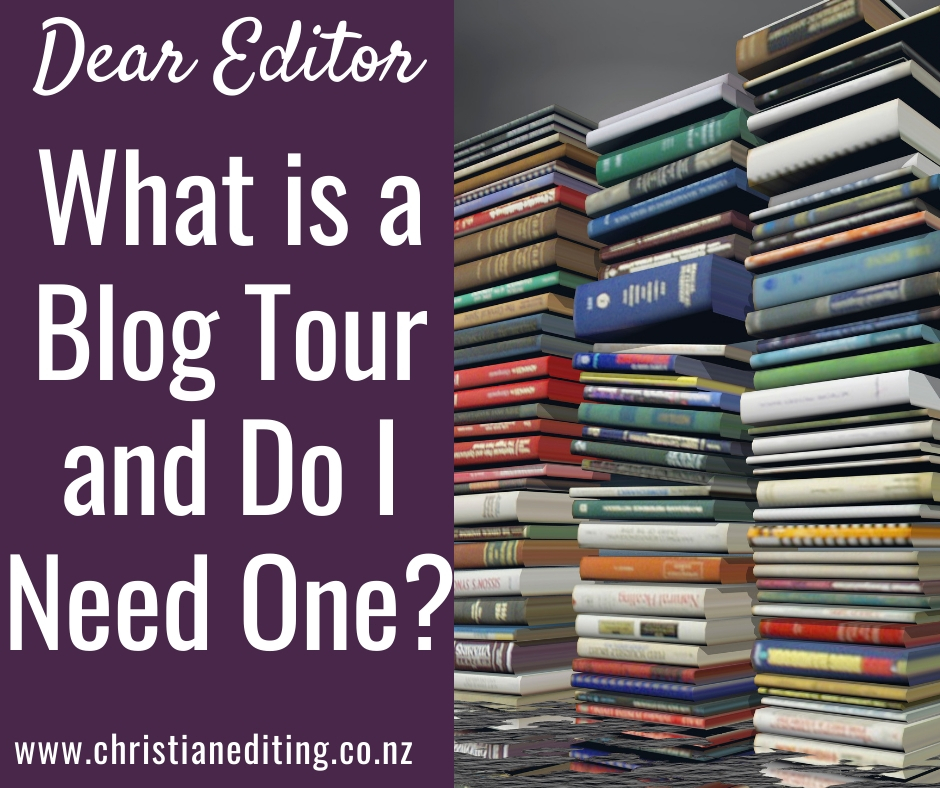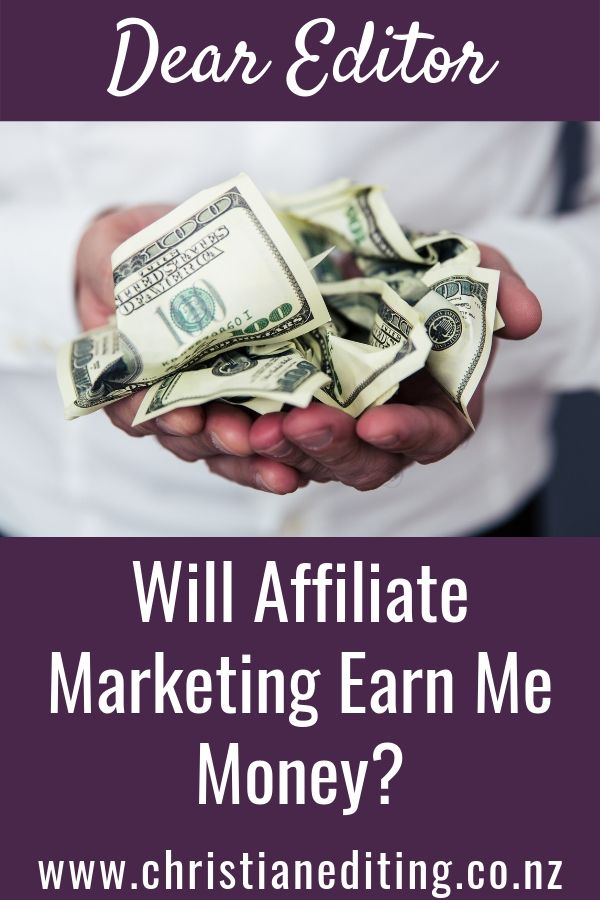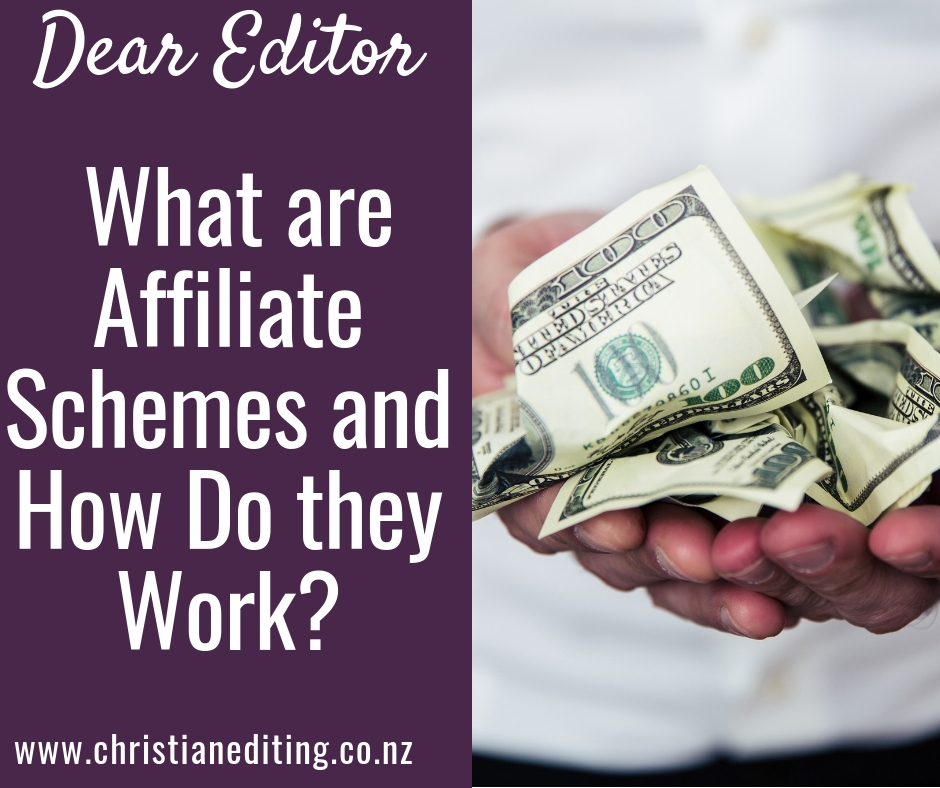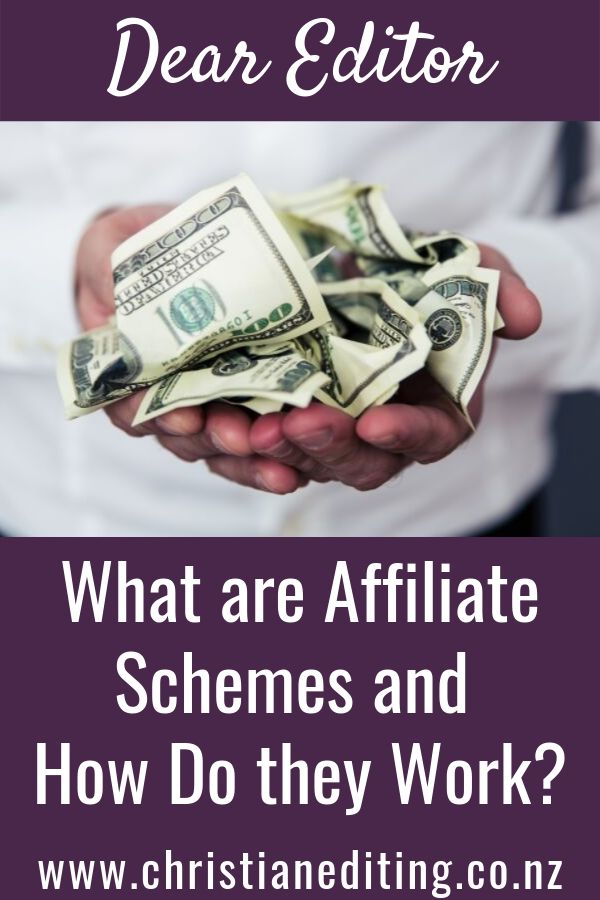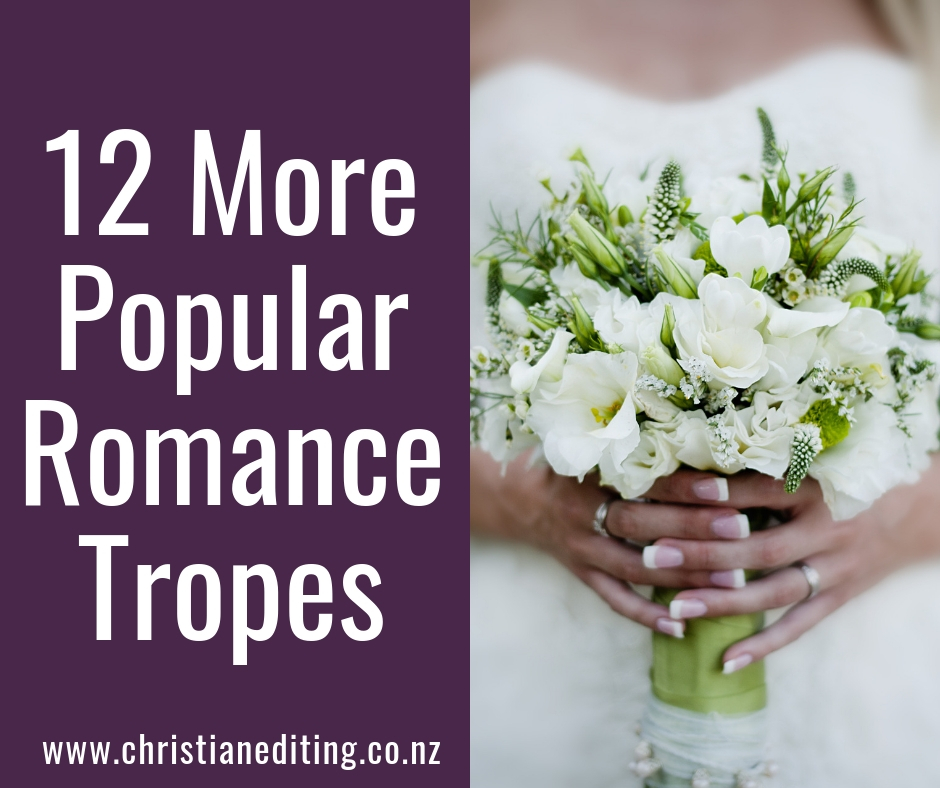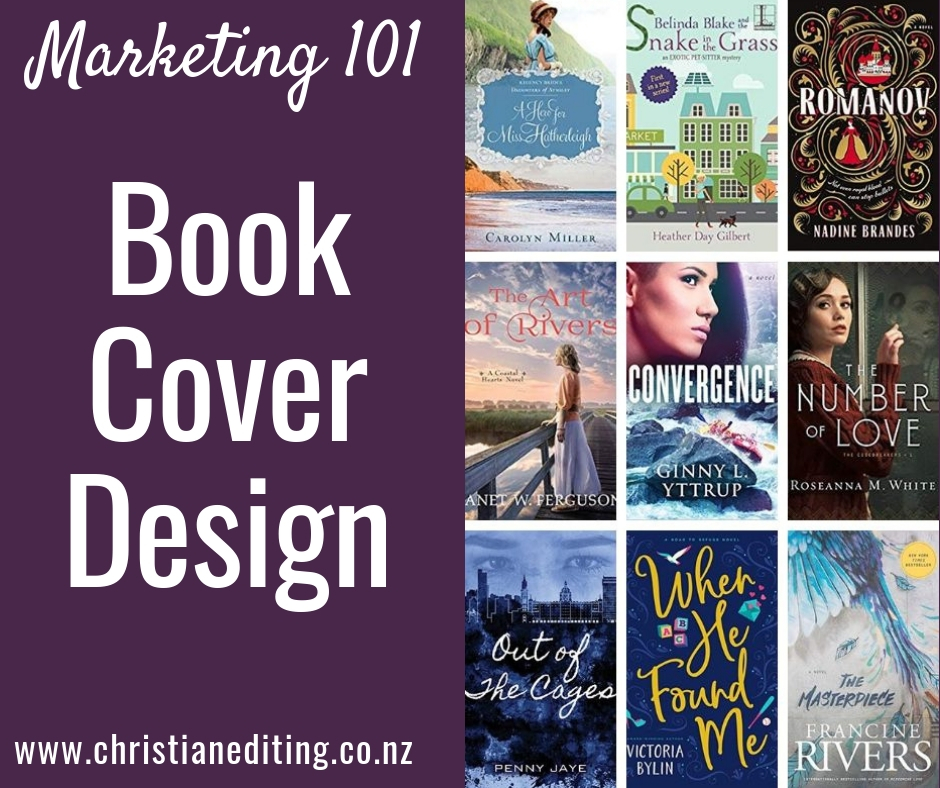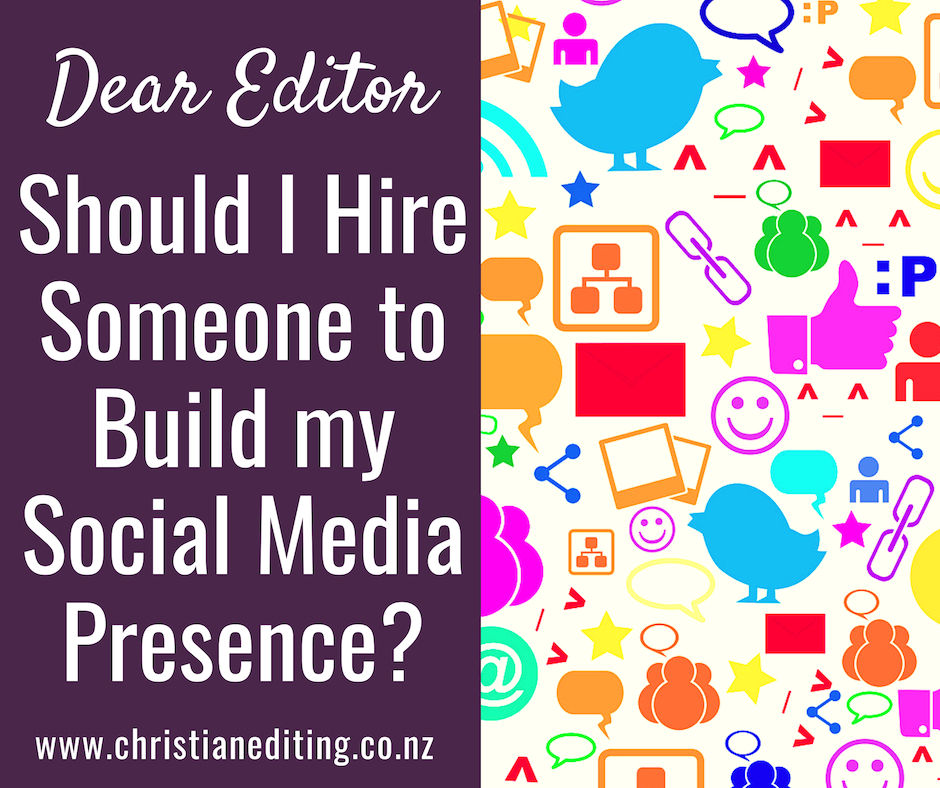Last week, I discussed several different types of blog tour post. This week I’m looking at why you might choose to undertake a blog tour, and share two options around organising a tour.
Unfortunately, your book doesn’t just “get” on a blog tour. Someone has to organise it—usually the publisher or the author. But before you plan a tour, know your objectives.
Know Your Why.
Why are you considering undertaking a blog tour? You need to have a reason—otherwise you’ll never be able to assess whether the tour was a success or not. Possible objectives are:
- Raise awareness
- Get book reviews
- Get backlinks
- Sell books
Let’s look at each of these.
Raise Awareness
A blog tour is a good way of raising awareness about your book, assuming you’re able to get your book featured on blogs that are popular with your target reader.
An Instagram tour can also be a good way of raising awareness, especially if you write Young Adult fiction, or another genre that’s popular with on #Bookstagram.
Raising awareness is especially important for new authors, because they don’t have an established fan base to buy their books. Experts say someone has to see or hear about a new product (like a book) seven to twelve times before they will decide to purchase. A blog tour or Instagram tour can help your book be seen many times in a short timeframe.
Get Book Reviews
Book reviews help sell books (well, assuming the reviewer enjoyed the book). No, Amazon don’t promote your book more once it has 10 or 20 or 50 reviews. They also don’t send you a free unicorn once you get to 100 reviews (sorry!).
Amazon promote the books they think the reader is most likely to buy, and their bestseller lists are based on book sales. Nothing else.
But book reviews, especially those on Amazon, provide social proof. They show people are reading and enjoying the book. And when that review is from a reviewer or influencer the reader knows and trusts, the reader is more likely to influence a purchase.
Where you have the choice, find reviewers who will review on their blog and cross-post that review to Amazon (and other retail sites), and to Goodreads (and other reviewer sites). Bloggers who also share their reviews on social media are a bonus.
Note that even critical reviews help on Amazon.
It looks suspect when a new release from an unknown author has only five-star reviews. A few four-star and three-star reviews (and possibly even a one-star review) suggests to browsers that someone other than the author’s friends. Many readers will report having bought a book based on a one-star review.
Get Backlinks
A backlink is the technical name for when another website links to your website. Backlinks contribute to your site’s Alexa ranking, which is an attempt to measure how popular your site is relative to all other sites. Getting links from more popular sites can help improve your ranking, which can help you appear in online searches.
Sell Books
If your objective is to sell books, then you might be better investing your time and money in advertising. Blog tours might sell books, but you might not show an immediate sales blip. Blog tours are more about raising awareness of you and your new release.
Here’s a tip: if you do want your blog tour to sell books, don’t offer a giveaway of your book.
That will incentivise people to not buy, as they’ll wait and hope they win a copy. Instead, offer a fun gift such as bookmarks, a handcrafted item, local chocolate or coffee, or something related to your book (e.g., when Thomas Nelson published The Baggage Handler by David Rawlings, they ordered custom baggage tags featuring the book cover image. Unfortunately, they didn’t step up and offer a branded camera when The Camera Never Lies released 😉 ).
Once you’ve decided why you want to undertake a blog tour, you have two options:
- Hire a blog tour organiser to arrange the blog tour for you.
- Organise the tour yourself.
Working with a Blog Tour Organiser
Hiring a blog tour organiser will mean paying someone, but there are advantages. A good blog tour operator who works in your genre should already have list of relevant bloggers they have established relationships with, and can contract. The advantage of this is that bloggers are more likely to say yes if they know and trust the organiser, which is particularly useful for first-time authors who don’t have an established platform or network of blogger friends.
A reputable blog tour organiser will also have a defined process, and will be able to tell you which tasks they will complete (most of the organising), and what you will need to do (e.g. write guest posts, or supply review copies of your book). They will also have the technical skills to perform tasks like setting up a Google form or mailing list, or creating social media images.
Note that you will have to book your tour in plenty of time:
- Allow at least three months before your desired tour date.
- Six months is better, especially for blog tours where you’re seeking book reviews.
A blog tour organiser will undertake some or all of the following tasks:
- Working with the author to confirm blog tour dates.
- Individually contacting bloggers or Bookstagrammers who are actively in the genre.
- Setting up a Google form or similar to recruit bloggers.
- Posting on the author’s website and social media accounts to attract bloggers.
- Validating applicants and advising the successful bloggers.
- Sending physical or electronic review copies to reviewers.
- Providing all bloggers with a schedule, media kit, and social media graphics.
- Liaising between the author and the bloggers to ensure all bloggers receive their requested guest posts and author interviews.
- Sharing blog tour posts on social media as they go live.
- Liking and sharing social media posts from bloggers.
- Pick a giveaway winner and distribute the prizes.
- Following up with bloggers to ensure they fulfil their promises.
- Provide the author with feedback on the tour e.g. how many bloggers participated, and what was shared. This list can then form the basis of an initial contact list for future blog posts.
Blog tour organisers working in the Christian fiction genre include:
(An online search may also bring up the Christian Fiction Blog Alliance, or LitFuse Publicity. Both have ceased operation.)
If you don’t want a full blog tour, then there are other options. For example:
- Celebrate Lit offer a podcast tour, giving you the opportunity to be interviewed on relevant podcasts.
- Just Read offer Instagram tours, to get your book in front of popular bookstagrammers.
- Prism Book Tours offers themed tours, and excerpt tours.
- Relz Reviews will help you set up a street team or influencer team who can review your book and share on social media.
The exact tasks and processes will depend on the services the organiser offers, and what you hire them for.


